【新唐人2011年6月8日訊】最近,南中國海主權爭端持續升高,菲律賓政府向北京當局提出抗議,越南外交部放出將軍事介入的狠話,北京官方媒體則說:「中國的克制不可能是沒有限度的。」台灣將海軍陸戰隊派駐南沙離島。美國國防部長蓋茨6月4號警告,南海領土爭議可能引爆衝突。
越南外交部近日高調召開記者會,指責3艘中國海監巡邏船5月26號在南海,干擾越南油氣測量船勘探,割斷測量船的海底電纜,聲言越南海軍將動用一切必要手段捍衛領土完整。
北京方面回應說,越方在中國管轄海域作業,違背了兩國就南海問題達成的共識,敦促越南停止製造事端。而越南傳媒又傳出,越南4艘漁船5月27號在南海遭3艘中國船只開槍恐嚇。
6月5號,越南幾百名示威者在首都河內中國大使館前集會,抗議中方在南海侵犯越南主權。這樣的示威活動在這個共產黨專制國家是很罕見的。
另一方面,6月1號,菲律賓外交部召見中國大使館代辦,抗議中方在南沙群島建立哨所、設鑽油臺。中方回應說,這些活動是在中國領海進行的。
菲律賓當局指出,中國船艦或飛機最近侵入南沙群島海域6、7次,包括3月2號中國巡邏艇騷擾菲律賓探油船﹔2月25號,一艘中國戰艦在南海向菲律賓漁船開火。
4月5號,菲律賓抗議聯合國把中國主張南海主權的「九虛線版圖」列為文件。隨後,中方向聯合國遞交照會,反指菲律賓入侵中國島礁。
台灣外交部4月18號召見菲律賓駐臺代表,再度強調南海諸島及其周邊水域是中華民國固有的領土。台灣控制著南沙群島中的最大島太平島,台灣4月底調派海軍陸戰隊駐防太平島。
去年,中國宣佈南海主權為「核心利益」。之後,美國國務卿希拉里表示,解決南中國海水域和島嶼爭端,關乎美國國家利益。
台灣政治大學國際關係中心研究員嚴震生認為,美國自去年以來所採取的亞太戰略調整,使東盟國家敢於在南中國海問題上採取更為主動、而且是有可能冒犯中國的措施。
嚴震生(台灣政治大學國際關係中心研究員):「美國願意跟越南有一個比較進一步的發展。美國在去年對中國整個政治、經濟、軍事力量崛起之後,美國似乎回到了既交往、但是又希望能夠圍堵中國。」
第十屆「亞太安全事務會議」6月3到5號在新加坡召開。美國國防部長蓋茨在會上表示,美軍將擴大在亞太地區的軍事介入,將東南亞和印度洋納入美軍活動的範圍。
蓋茨警告說,南海問題正在複雜化,除非有關各國採納和平解決爭端的機制,否則南海領土爭議可能引爆衝突,而這種衝突對任何人都沒有好處。
中共國防部長梁光烈5號在會上表示,中國與東盟各國在2002年簽署了《南海各方行為宣言》,確認通過雙邊談判和平解決爭議。他呼籲各國不要「人為製造敵人」。
而就在梁光烈講話的當天,越南和菲律賓都宣佈了採購軍備和艦艇,為加強在南海的軍力部署。
澳大利亞格裡菲斯大學亞洲問題資深講師王一鳴博士:「因為社會制度和意識形態的不同來猜測對方的意圖,這樣很不自覺的各方都陷入一種互相的戒備,甚至發生軍備競賽這種事態,這就是各方都不願意看到的一種局勢。」
由於南中國海是重要的運輸航道、蘊藏豐富的石油和天然氣,有爭議的各國海上衝突、撞船開火頻頻發生,中國和越南於1974年和1988年爆發海戰,中國與菲律賓也於1995年因美濟礁事件爆發海戰。
據史料記載,大唐貞元五年,南海諸島就劃歸瓊州督府管轄,自唐宋元明清以來一直列入中國版圖。1939年,日本侵佔了南海諸島。二戰結束後,中華民國1946年接管了西沙群島和南沙群島,並在島上矗立主權碑。
新唐人記者李元翰、 周平綜合報導。
Disputes over South China Sea
A recent multinational dispute continues to escalate
over control of South China Sea.
The Philippine government protests against Beijing.
Vietnam threatens with possible military actions.
Beijing』s official media commented,
“China』s restraint cannot be unlimited.”
Taiwan will station marines at the Spratly Islands.
U.S Defense Secretary Robert Gates warned on June 4
of possible conflicts due to the territorial disputes.
Vietnamese Ministry of Foreign Affairs recently
on a press conference accused 3 Chinese patrol boats
of interfering with its South Sea gas exploration,
and claimed its navy would use all necessary means
to defend Vietnam』s territorial integrity.
Beijing said the Vietnamese vessels were operating
in Chinese waters and violating their agreements.
It urged Vietnam to stop causing troubles.
Vietnamese media then claimed that 4 fishing boats
were threatened with gun shots by Chinese boats.
On June 5, hundreds of demonstrators gathered at
the Chinese embassy in Hanoi, protesting against
China』s violation of Vietnam』s territorial sovereignty.
Such protests are rare in this communist country.
On June 1, Philippine Foreign Ministry protested
against Beijing』s building of military outputs and
oil rigs on the disputed Spratly Islands.
Beijing claimed the operations to be in China』s waters.
Philippine authorities said Chinese ships and planes
entered Philippine waters near Spratly Islands
6 to 7 times recently, including a Chinese war ship
firing on Philippine fishing boats on Feb. 25.
On April 5, the Philippines protested against UN for
including China』s South China Sea map in official files.
China then submitted a request to the UN,
accusing Philippines of invading Chinese islands.
Taiwanese Foreign Ministry stressed on April 18
to the Philippine Rep in Taiwan, that the islands and
surrounding waters in South China Sea are Taiwan』s.
Taiwan has control over the largest Taiping Island
and has stationed marines on this island since April.
In 2010, China called its South China Sea sovereignty
its “core interests”. U.S Secretary of States Clinton
said resolving territorial disputes affects U.S. interests.
Researcher at Taiwan National Chengchi University
Yan Zhensheng believes that the U.S.』s 2010 change
of its Asian strategy emboldened other countries,
who take more proactive measures against China.
Yan: U.S wants to develop relationship with Vietnam.
As China』s political, financial and military powers rose,
the U.S would like to have exchanges with Beijing,
yet at the same time wants to contain China.
On the 10th Asia-Pacific Security Conference held
from June 3 to 5 in Singapore, U.S. Defense Secretary
Robert Gates said the U.S. would expand its military
engagement in Asia-Pacific to include Southeast Asia.
Gates warned that the South China Sea issue was
getting complicated. Unless each country adopts
mechanisms for peaceful settlement,
conflicts could arise, which would not benefit anyone.
Chinese Defense Minister Liang Guanglie said,
China and other ASEAN countries signed in 2002
a declaration to use negotiations to settle disputes.
He called on other countries to “not make enemies.”
On the same day, both Vietnam and the Philippines
announced arms purchases to strength
their military deployment in South China Sea.
Senior lecturer Dr. Wang Yiming at Griffith University:
Due to differences in social systems and ideologies,
everyone is trying to guess one another』s intentions.
This resulted in everyone guarding against others.
They even started to compete in military arms races.
No party wants to see this kind of situation.
South China Sea is an important transportation route
and also rich in oil and gas. This led to frequent
maritime conflicts, ship collisions and open fires.
China and Vietnam had naval battles in 1974 and 1988;
China also fought with the Philippines in 1995.
As per historical records, during Tang, Song and Ming
Dynasties, Spratly Islands always belonged to China.
In 1939, Japan invaded the South China See Islands.
After WWII, Taiwan took over control of
the Spratly Islands and Paracel Islands.
NTD reporters Li Yuanhan and Zhou Ping
看下一集
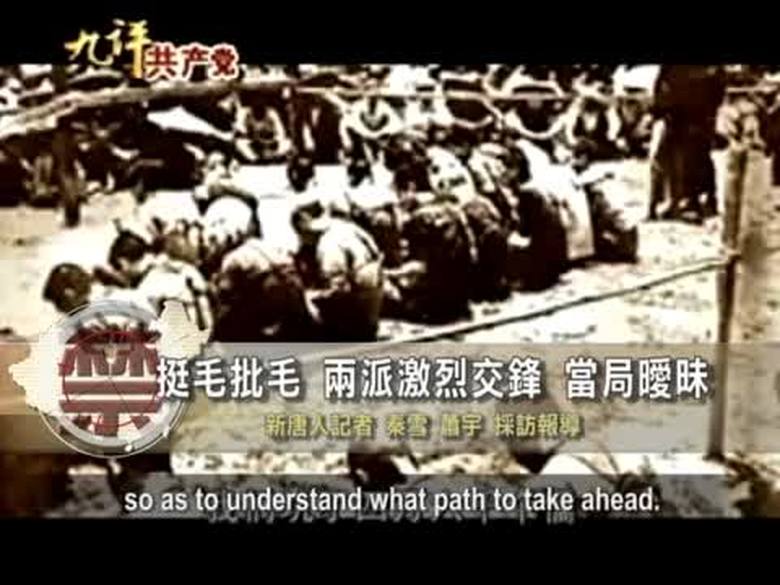
【禁聞】挺毛批毛 兩派激烈交鋒 當局曖昧
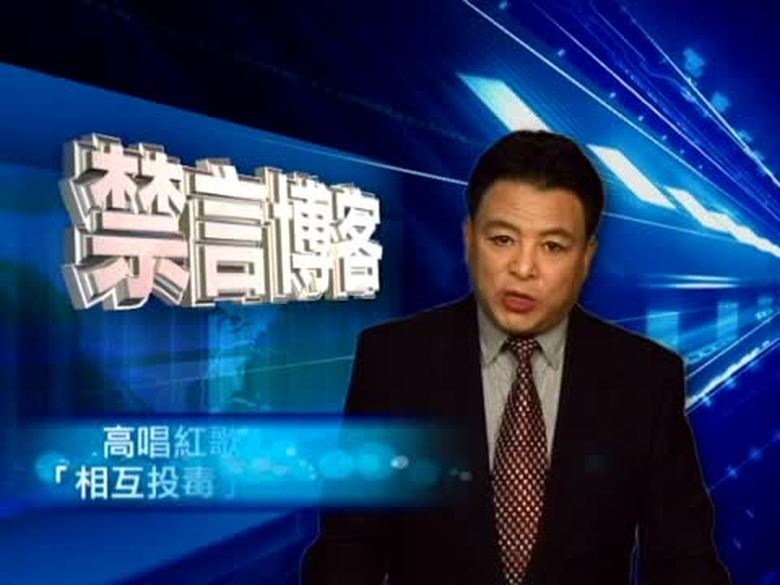
【禁言博客 】走進「相互投毒」的新時代
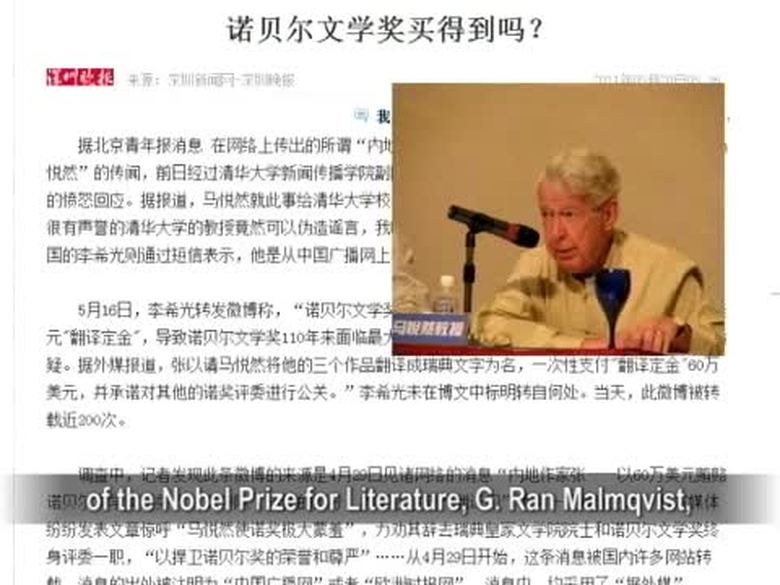
【禁聞】諾獎評委陷“翻譯門” 與中共絕交
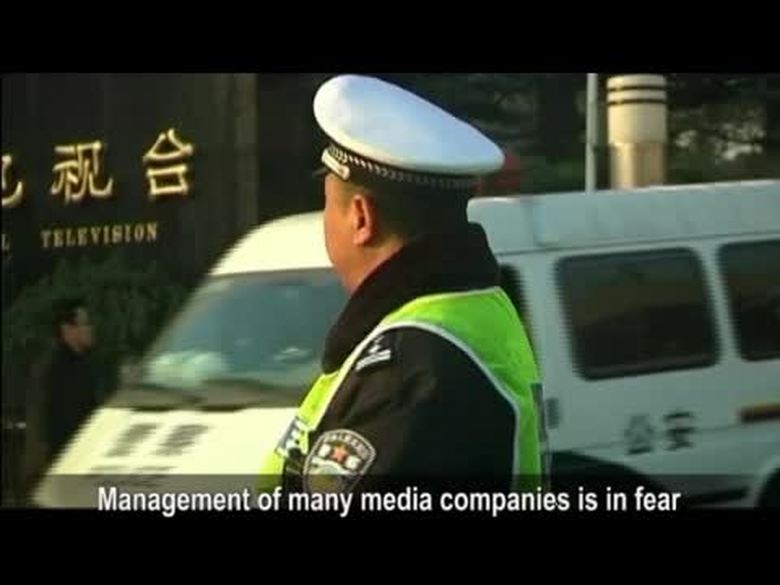
【禁聞】敏感期 陸媒抽籤坐堂版 怕秋後算帳

【禁聞】藥家鑫處死 民意還是陰謀?

【禁聞】用億元選舉 撬動集權體制的曹天

【禁聞】「阿拉伯之春」給中共甚麼啟示?
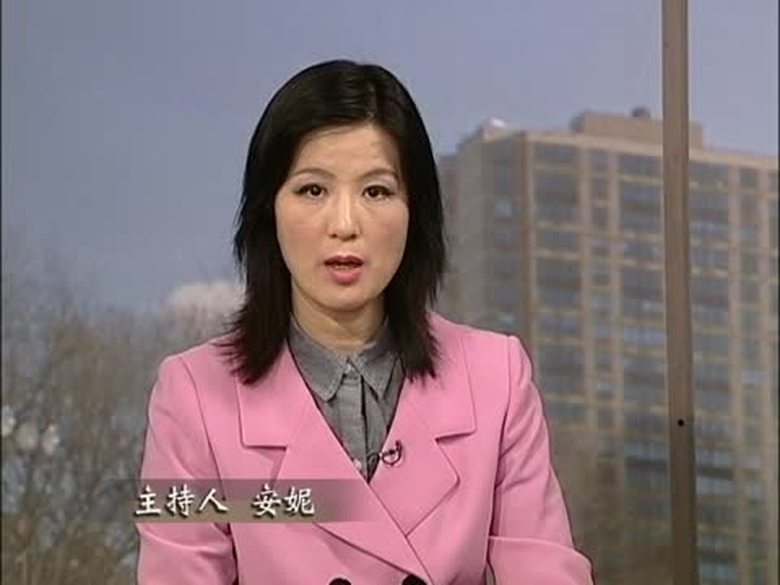
【禁聞論壇】為甚麼中國人勤勞而不富有?
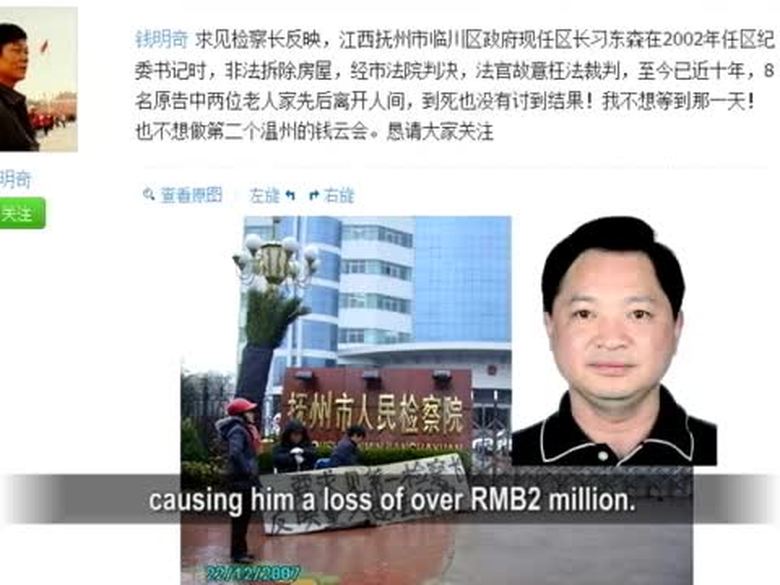
【禁聞】錢明奇生前錄音曝光 逼得無路

【禁聞】《紅狗》:非正常活著的中國人
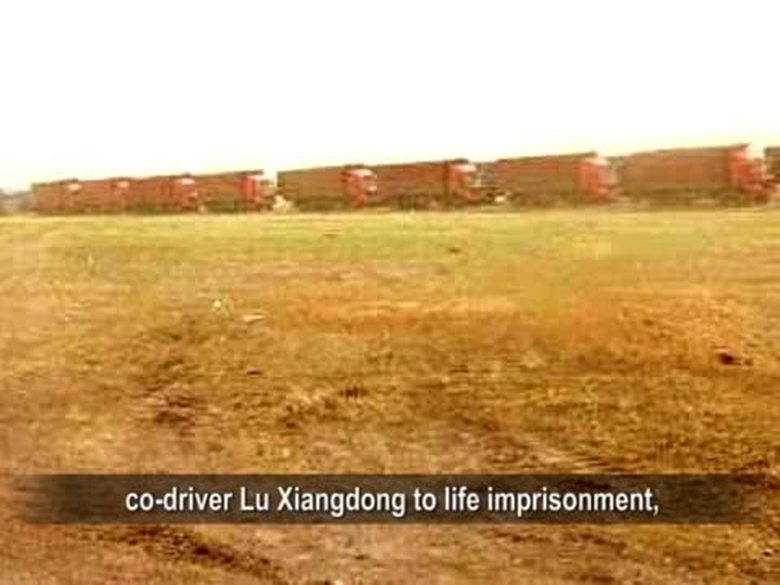
【禁聞】安內蒙 肇事司機判死 中共危機難解
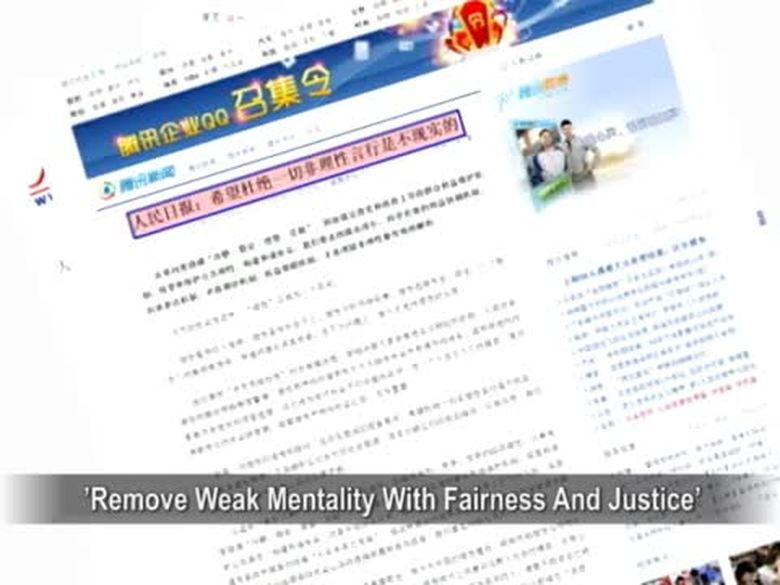
【禁聞】黨報頻繁變調 外界指高層三派混戰
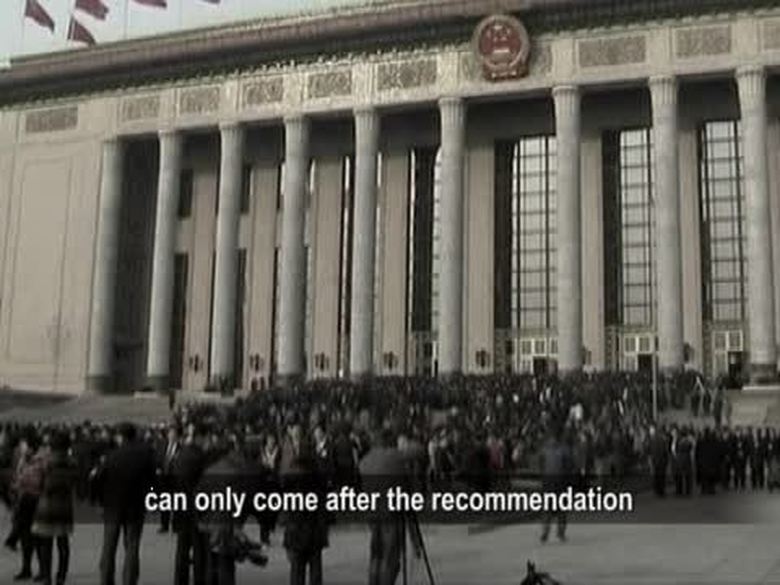
【禁聞】官批獨立候選人非法 民间仍要參選

【禁聞】清官?貪官?毛澤東爭議不斷

【禁聞】「滅共復國」嚇壞中共 綠島籲中放輕鬆

【禁聞】「批紅衣演黃戲」紅劇被批太離譜








